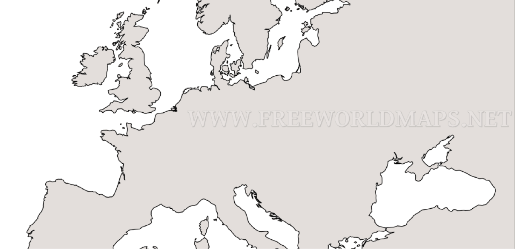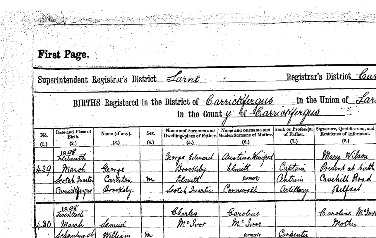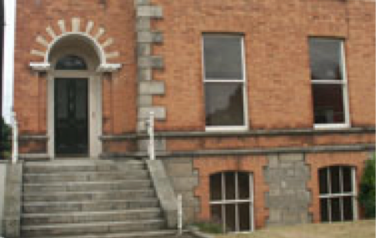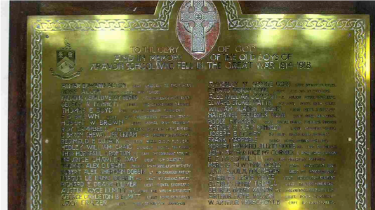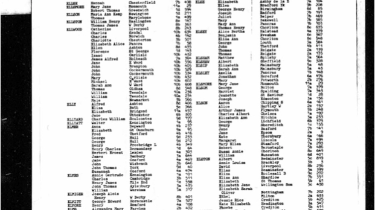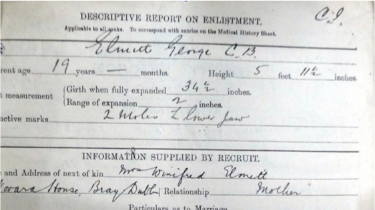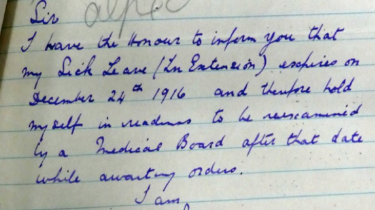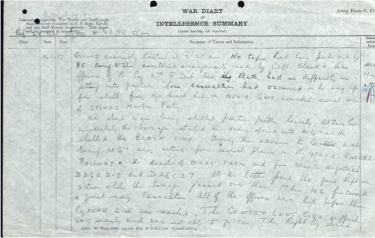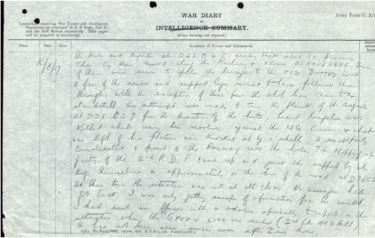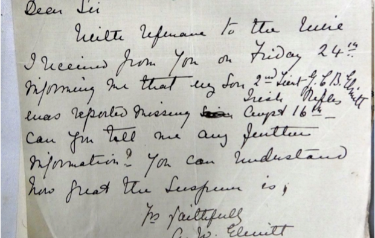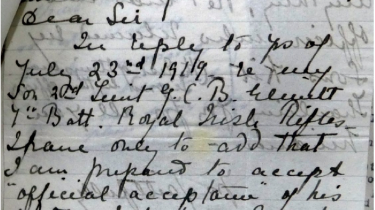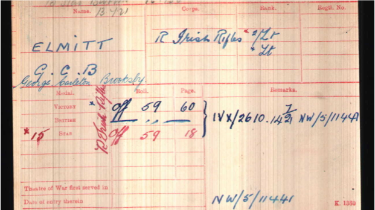My story
My name is Sarah McGrath, I am 17 years old and I am a student in Loreto Bray Secondary School, Wicklow. I first heard about this project through my history teacher, Ms Power and thought it was such a unique idea that I had to apply. I felt a great sense of honour, pride and astonishment when I found out that I had been selected to represent Leinster and I could not wait to get started.
A love affair with history
My interest in history sparked at a very young age because I was always curious about the past. I vividly remember pestering my dad about both the first and second world wars, asking how they began, what happened during them, and who came out victorious. I recall a family car journey to Belfast where i took it upon myself to give a three hour long dictation to my family from the about the time of Christopher Columbus' first expedition all the way to the Second World War. I can't imagine they were too impressed but I was completely in my element . So naturally I was incredibly eager to be a part of this project.
first meeting at collins barracks.
We met on the 4th of February where we all got a chance to meet each other for the first time. We had some ice-breaker games to help us get to know each other and we all became friends very quickly. Then we listened to all the speakers who told us about the project, what we would be doing and all about the last trip as well. Each province split up into groups and we were given our soldiers and discussed how we would conduct our research.
Group picture at first meeting
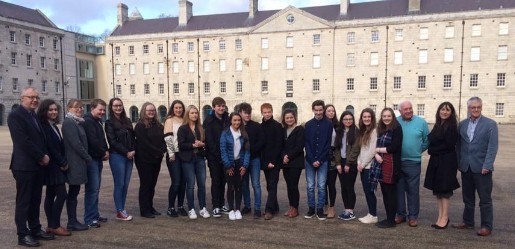
second meeting
After spending an unhealthy amount of time on genealogy websites and deciphering the handwriting of the British War Office, we had all our research completed and our power-points at the ready for our second meeting. One person from each province presented their research and we all answered questions about our experience so far. We talked about what the plans for the trip were and took some photographs as well.
trip to belgium.
All fifteen of us headed to Dublin airport on the 20th of June from all around Ireland. We stayed in the Irish College in Leuven, just outside Brussels. It was a beautifully historic city and had some amazing architecture. We explored the city and accustomed ourselves to the heat with our German counterparts. Some more presentations were made later that evening from both Irish and German students.
Our first stop was the European Parliament where we met the Irish MEP, Marian Harkin, and the German MEP Gesine Meißner. I got the chance to present my research in the parliament itself along with one of the German students. It was such a proud moment to be able to tell my soldiers story in such an important and historic building.
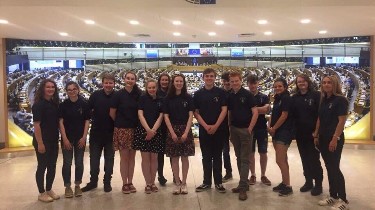
We made our way across Belgium, visiting everyone's soldier's graves and memorials. Everyone got a chance to speak at their soldier's grave and take a minute of silence to remember them. We stayed in Ypres for a night as well.
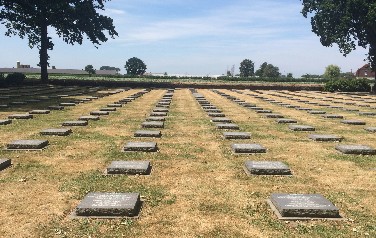
Visiting German Cemetery.
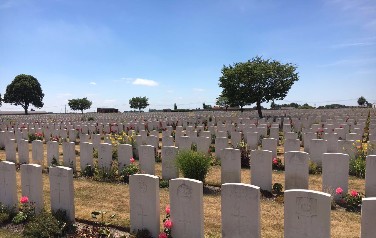
Commonwealth Cemetery.
It was very sobering to see the sheer amount of graves and memorials for both the Commonwealth and the German soldiers. We got to see so many important historical remnants from the war including the peace pool, battlefields and cemeteries.
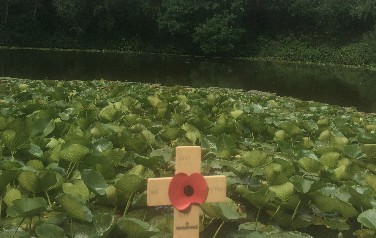
Peace pool
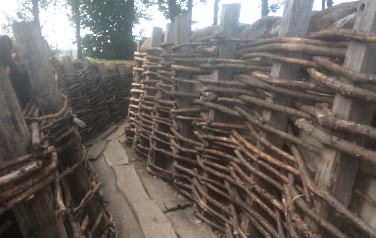
Restored German Trenches
This is a picture of me at The Tyne Cot Memorial standing beside my soldier's name. It was an extremely surreal and emotional experience as I feel that I have formed a bond with my soldier through doing all my research.
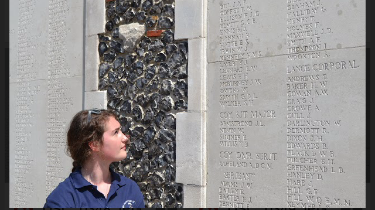
This project has been the experience of a lifetime and I have made friends for life along the way. I want to thank the dedicated committee for bringing us to Belgium and enabling us to take part in this project. I have loved contributing to the history of my soldier, my country and the world. History brought us together to remember the past and will enable us to better our futures.
The more you know about the past, the better prepared you are for the future.
Theodore Roosevelt

